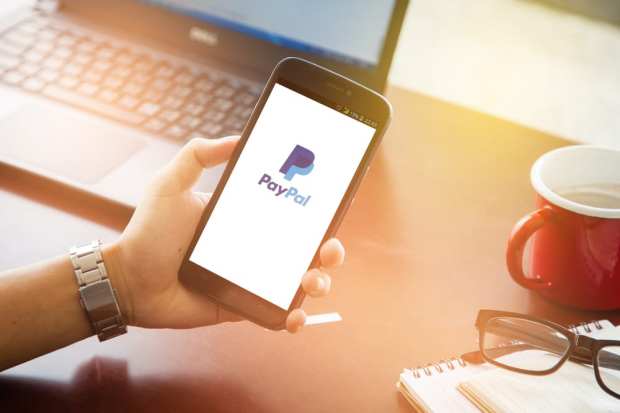PayPal Hits $10B SMB Lending Milestone

Businesses of a certain size — and in industries as varied as construction and restaurants — know the pain of wondering if they will have enough capital to fund operations, inventory, expansion and other mission-critical business activities. They know the uncertainty of going to traditional financial institutions (FIs), even those rooted in their communities, that might not want to take on the risks or economics of extending smaller lines of credit to small businesses (SMBs), with fortunes that may change and which may find repayment challenging.
So, it’s within that context that PayPal announced new numbers today (May 29) on the impact of its lending business on the small business sector. To date, PayPal has issued more than $10 billion to SMBs through its various PayPal business financing options — a mark that underscores not only the demand for such capital, but how the proper deployment of digital technology can help with underwriting and loan origination for this significant sector of the U.S. and global economy. In a new PYMNTS interview, Karen Webster spoke with PayPal’s VP and Commercial Officer, Global Credit Darrell Esch about the story behind that $10 billion mark, and what’s coming next.
Growth Phase
The new PayPal SMB lending milestone comes at an exciting, and perhaps even sensitive, time for small businesses, both in the U.S. and other countries. Global expansion and digital migrations are at the top of nearly all business priority lists, no matter the sector. General economic conditions remain healthy, though there is certainly no shortage of anxiety and worries about a recession kicking in. Esch said that, from his chair, the impacts of the ongoing U.S.-China trade war have yet to hit SMBs, but that is certainly a possibility in the coming months, which would have a major effect on capital and lending.
When it comes to SMB lending, PayPal has gone global. The beginning of the year saw PayPal’s SMB lending operations expand to Germany, he said, where “there was much more demand than we anticipated.” PayPal was also working with a partner on a lending offering in Mexico (PayPal handled the customer-facing part of that operation), and partnerships of various kinds seem likely to be a big part of those global expansion efforts.
A deeper look into the state of SMB financing, as recently noted by PYMNTS, offers another view of this particular landscape — one in which PayPal provides two main SMB lending options: Business Loans and Working Capital. There exists a healthy level of competition between traditional lenders and FinTech firms like PayPal, vying to capture more of the small business borrowing segment. Plus, there is new evidence that the middle-market business community fared particularly well in the first quarter: Twenty-nine percent of SMB CEOs said economic conditions had recently improved.
When it comes to the Business Loan operation for PayPal, Esch said loan recipients tend to use their relatively small doses of fresh capital (that is, relative to loans that come from traditional financial institutions) for business operations, expansion, marketing and other such tasks. For loans made via the Working Capital operation, the new money tends to support inventory.
As for that $10 billion mark hit by PayPal, analysts at deBanked have suggested that this means PayPal could be eclipsing OnDeck, the publication’s previous leader in small business alternative lenders (Kabbage and Square Capital round out the number-three and number-four spots, respectively). Not only do the figures suggest ramped up competition between alternative and traditional lenders, but within the alternative and marketplace lending communities.
Top Industries
Though Esch said PayPal lends to a variety of SMB businesses, construction and restaurants stand as the biggest loan recipients — at least when it comes to the Business Loan offering. It’s notable, perhaps, that both industries tend to be relatively high risk — and restaurants are trying to figure out their place in a world dominated by online food and delivery services. It’s also notable that neither industry is what anyone would call traditional eCommerce, he said.
No matter the use of the SMB capital from PayPal, the figures that the company and Esch were willing to share so far do show positive results. For instance, some 82 percent of merchants that have taken the capital — some repeat customers, of course, and some with prior relationships with PayPal, either online or via physical store operations — reported growth after taking the loans (which are typically short-term, with repayment often taking place weekly). More specifically, PayPal said that the SMBs that experienced growth after accepting PayPal Working Capital business loans saw revenue increase by 24 percent on average. On the Business Loan side, that figure stands at 21 percent.
For now, as Esch noted, it’s good sailing in general for small businesses. However, as the new PayPal lending mark shows (especially when combined with other news and data from the world of SMB financing), there continues to be an expansion of capital options for those smaller merchants out there.
